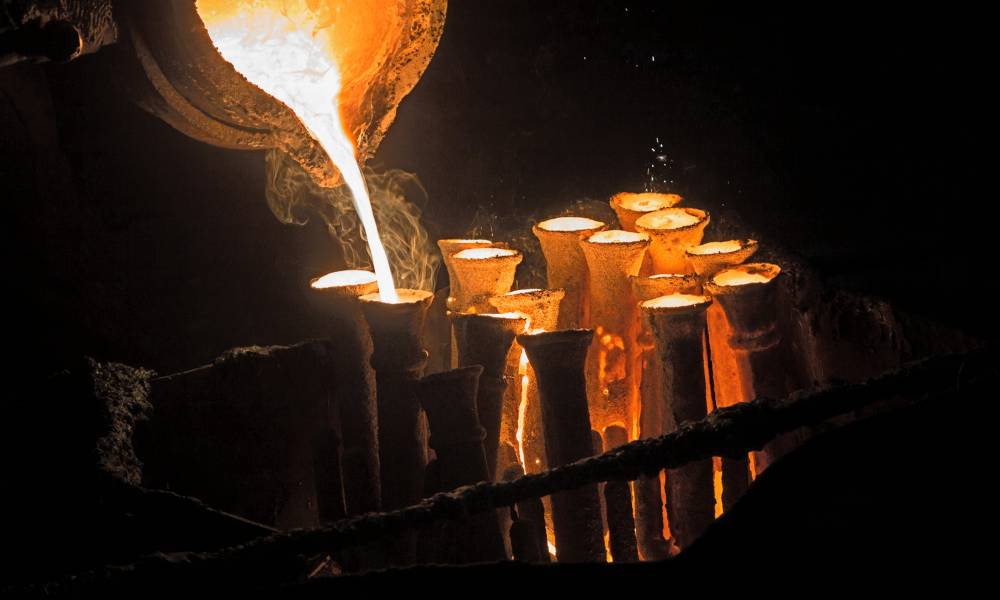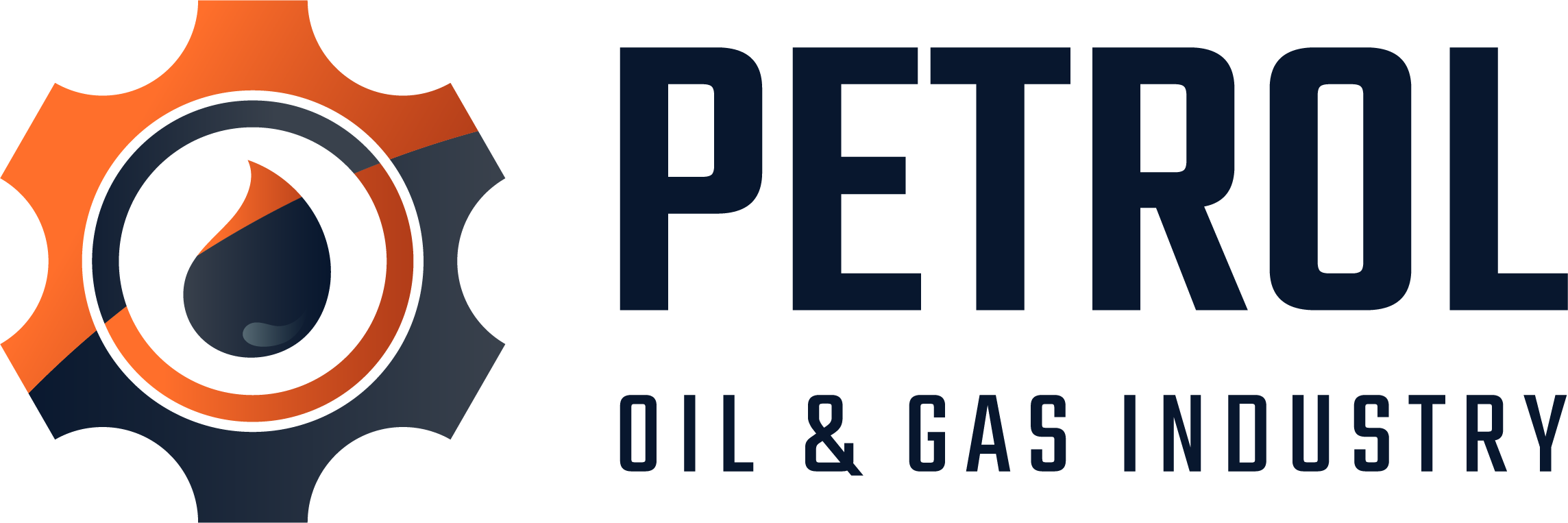What Is the Lost Wax Casting Process?
The lost wax casting process, also known as investment casting, is a highly precise manufacturing technique that dates back thousands of years yet thrives in today’s modern engineering world. It enables manufacturers to create components with exceptional accuracy, thin walls, and intricate geometries — impossible to achieve through traditional casting methods.
Why It’s Still Relevant Today
Despite evolving manufacturing technologies, lost wax casting remains the go-to process for industries where dimensional precision and superior metallurgical properties define performance.

Step-by-Step Breakdown of the Process
At Uni Deritend, the process combines time-tested methods with robotic automation and digital simulation for unparalleled repeatability and quality.
1. Wax Pattern Creation
Wax replicas of the final component are crafted using high-precision dies.
2. Shell Building
Each pattern is dipped into a ceramic slurry and coated with fine sand. Robotic shelling ensures uniform thickness and consistency.
3. Dewaxing and Preheating
The wax is melted out, leaving a clean, hardened shell ready for pouring.
4. Metal Pouring
Molten metal is poured into the preheated mold under strict temperature control to maintain microstructure quality.
5. Knockout and Cleaning
Once solidified, the shell is removed, revealing a near-net-shape casting.
6. Finishing and Inspection
Components undergo heat treatment, machining, and non-destructive testing (NDT) for dimensional accuracy and integrity.
Why Uni Deritend Excels in Lost Wax Casting
Founded in 1977, Uni Deritend combines deep metallurgical knowledge, simulation-based validation, and automated production systems to deliver superior performance across global industries.
Key Advantages:
- Digital Simulation: Predicts flow, shrinkage, and defects before pouring.
- Robotic Shelling: Enhances consistency and repeatability.
- Comprehensive Testing: Includes radiography, ultrasonic, and dye-penetrant inspection.
- Material Expertise: Stainless steels, nickel alloys, duplex steels, and aluminum.
- End-to-End Manufacturing: From design to delivery under one roof.
Applications Across Industries
The lost wax process is the backbone of several industries where precision and reliability are paramount.
Aerospace
Turbine blades, brackets, and housings designed for high-temperature endurance.
Defense
Weapon system and armored vehicle parts meeting DGQA standards.
Automotive
Lightweight turbocharger and transmission components for improved efficiency.
Oil & Gas
High-pressure valve and pump castings resistant to corrosion and wear.
Power Generation
Impellers and diffusers designed for energy efficiency and longevity.
Benefits of the Lost Wax Casting Process
✅ Dimensional Accuracy: Achieves tolerances up to ±0.1 mm per 25 mm.
✅ Excellent Surface Finish: Minimal need for machining.
✅ Complex Designs: Ideal for components with intricate shapes.
✅ Material Versatility: Works with a wide range of alloys.
✅ Cost Efficiency: Reduces material waste and machining time.
✅ Sustainability: Wax reclamation and energy-efficient furnaces.
FAQs
1️⃣ What is the main advantage of the lost wax casting process?
It allows precise replication of intricate shapes with excellent surface finish and minimal machining, making it ideal for aerospace, defense, and automotive components requiring tight dimensional control.
2️⃣ How does Uni Deritend ensure casting accuracy?
Uni Deritend employs simulation software, robotic shelling, and advanced metallurgical testing to predict and eliminate defects before casting, ensuring flawless dimensional precision and repeatability.
3️⃣ Which materials can be used in lost wax casting?
The process supports stainless steels, duplex steels, nickel alloys, and aluminum, providing flexibility to meet the specific strength and temperature demands of each industry.
4️⃣ What industries rely most on lost wax casting?
Aerospace, automotive, oil & gas, and defense sectors use investment castings to achieve reliable, lightweight, and high-strength components under demanding operating environments.
5️⃣ How does Uni Deritend integrate 3D printing in prototyping?
3D-printed wax models enable rapid design validation and iterative testing, reducing lead times and accelerating time-to-market for complex custom components.
6️⃣ What certifications does Uni Deritend hold?
Our facilities are AS9100 and ISO 9001 certified, ensuring global quality standards and consistent performance across all manufactured components.

